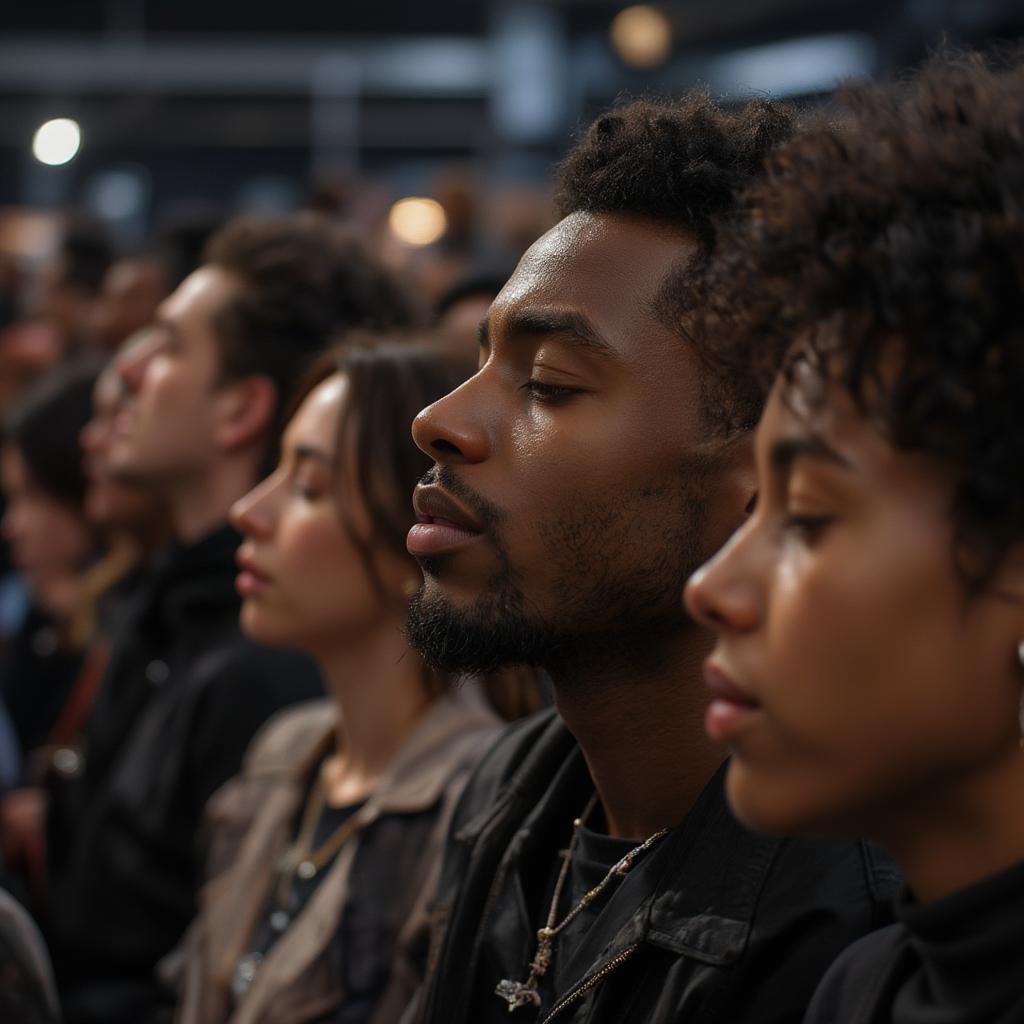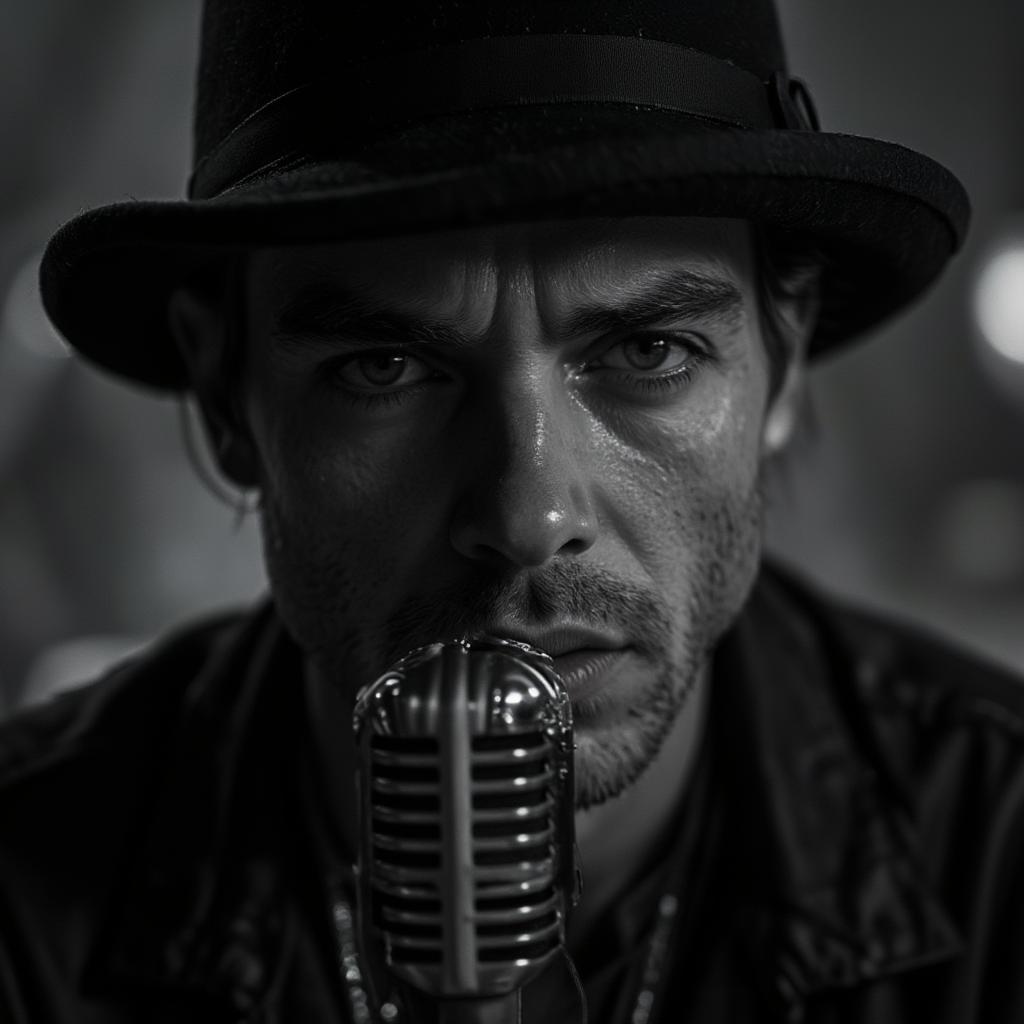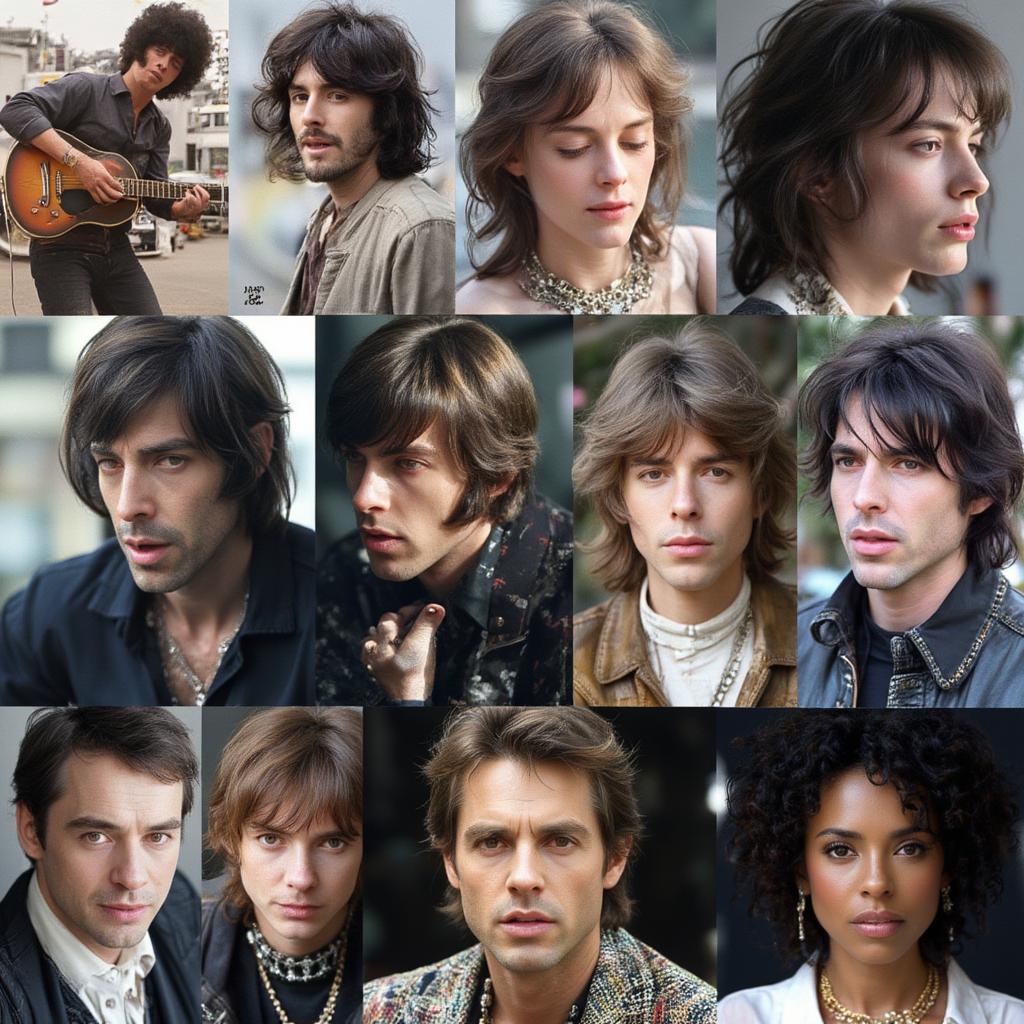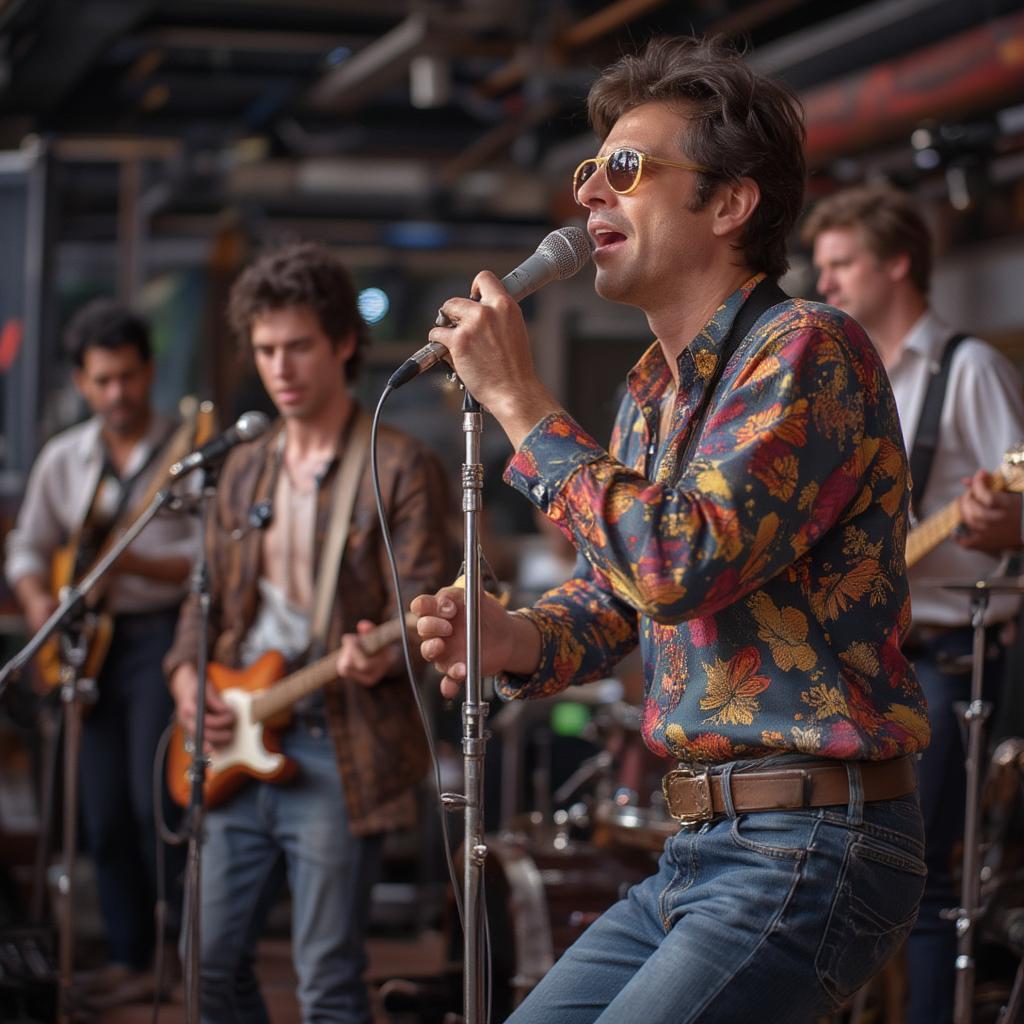The Soulful Fusion: Exploring the Depths of Gospel Songs R&B

What Exactly is Gospel R&B?
Have you ever felt that tug of both the sacred and the secular within a single song? That’s likely the essence of gospel R&B. This genre isn’t just about combining sounds; it’s about merging experiences. It takes the raw, unfiltered passion of gospel music—the call-and-response, the soaring vocals—and infuses it with the groove and instrumentation of R&B. The result is a sound that is both uplifting and deeply moving. Think about it, the heart-wrenching honesty of a gospel choir, combined with the smooth, syncopated beat of classic R&B. It’s a potent mix, isn’t it?
The Roots of Gospel R&B: Where Did it All Begin?
The roots of gospel R&B run deep, intertwined with the history of African American music. Early gospel music laid the foundation with its spirituals, hymns, and call-and-response traditions, expressing a community’s faith and resilience. As the 20th century progressed, these sacred sounds began to cross paths with the emerging secular sounds of R&B, initially from 1950s r&b, creating a space where both could exist and evolve. It wasn’t a conscious creation at first, but a natural evolution as artists, many of whom were raised in the church, started to explore ways to express their experiences through music. Think of artists like Sam Cooke, who began his career in gospel before moving into soul music, he carried the emotional weight of his gospel roots with him, and that’s a testament to the power of the genre.
Key Characteristics of the Genre
What exactly makes a song sound like gospel R&B? Let’s delve into its defining characteristics.
- Soulful Vocals: The vocals are the heart of gospel R&B, often filled with runs, melismas, and heartfelt expressions. Think of the raw power and emotional depth you feel. It’s not just about singing notes, but about conveying a message deep from the soul.
- Harmonies: Rich harmonies are a staple, often with multiple voices blending to create a powerful and layered sound. This harks back to the traditional gospel choir setting, adding to the overall spiritual feeling.
- Rhythmic Groove: The steady, often syncopated beat of R&B provides the foundation. It allows the music to move and groove, making you feel it not just in your ears, but also in your body.
- Spiritual Lyrics: While the lyrics may not always be explicitly religious, they often carry themes of hope, redemption, struggle, and faith. It is about a deeper understanding of life itself. It’s about looking at the world, recognizing the hardships, and also acknowledging the need for hope and peace within it.
- Emotional Intensity: The music is full of emotion, often expressing a wide range of feelings, from joy to sorrow to hope, creating a profound emotional connection with the listener.
“Gospel R&B is where you hear life’s true stories, a mix of pain and promise, sung with raw heart and unwavering faith,” says Dr. Eleanor Vance, a music historian specializing in the evolution of African American musical genres. “It’s not just about the sound, it’s about the feeling that it brings.”
Why Does Gospel R&B Resonate?
Have you ever wondered why a particular song moved you so deeply? The power of gospel R&B lies in its ability to connect with something deeply human. It’s music that speaks to the soul, not just the ears. The genre touches upon the core of our emotions, exploring the joys, sorrows, and complexities of the human condition. It’s the honesty and raw vulnerability that draws people in. It doesn’t shy away from difficult topics but presents them with a sense of hope and resilience.

Exploring Themes in Gospel R&B
Gospel R&B often explores themes that are universal and deeply personal. Here are some recurring themes that you might hear in these songs:
- Hope and Redemption: Despite the hardships, there is always a sense of hope and the possibility of redemption. The songs are filled with promises of better days and a belief in a higher power.
- Struggle and Resilience: Gospel R&B confronts the realities of struggle, whether personal or societal, but emphasizes the strength and resilience of the human spirit. The music is a testament to the ability of the human spirit to endure even the most difficult of circumstances.
- Faith and Spirituality: The music often reflects a deep connection to faith and spirituality, even when not explicitly religious. The lyrics might not always mention God, but there is an underlying sense of something greater than oneself.
- Love and Compassion: The themes of love and compassion are prevalent, often extending beyond personal relationships to encompass love for humanity as a whole. The desire to bring compassion into the world is an important aspect.
- Personal Testimony: Many gospel R&B songs are personal testimonies, sharing stories of overcoming adversity and finding strength in faith and community. They are stories of real lives and the journeys they have taken.
The Impact of Gospel R&B on Music
The impact of gospel R&B is far-reaching, not just on its own genre but on the broader musical landscape. It’s influenced countless artists, styles, and genres. It’s easy to hear the echo of gospel R&B in the soaring vocals of contemporary pop singers, the soulful harmonies of R&B groups, and even the raw honesty of many hip-hop artists. This shows its enduring power and influence across the spectrum. The genre has helped to shape the sound of modern music in significant ways.
“The influence of gospel R&B is everywhere, from the way singers approach vocals to the way producers craft songs,” notes Samuel Jenkins, a renowned music producer with years of experience crafting soulful sounds. “It’s a testament to the power and enduring appeal of this unique blend of music.”
Who are the Artists Defining Gospel R&B?
Now, let’s talk about some of the artists who have helped shape and define the genre. From pioneers to contemporary artists, they are the ones that are keeping the soul of gospel R&B alive.
- Classic Pioneers:
- Sam Cooke: Known as the “King of Soul,” he bridged the gap between gospel and R&B. His transition from gospel to secular music showed how seamless the blend could be.
- Aretha Franklin: The “Queen of Soul” brought a gospel-infused passion to her R&B recordings. You can hear the church in every note she sings.
- The Staple Singers: This family group seamlessly blended gospel harmonies with R&B grooves. They are a prime example of how to make these two genres work together.
- Modern Artists:
- Kirk Franklin: A modern pioneer who infused hip-hop and R&B into gospel. He brought a contemporary flair to the genre.
- Mary Mary: This duo brings a contemporary R&B edge to gospel music with harmonies and honest lyrics. They’ve proven to be a relevant force in the genre.
- Tye Tribbett: Known for his energetic performances and contemporary gospel sound, his music incorporates many elements of R&B. He is always pushing the boundaries of the genre.
How Do You Find Great Gospel R&B Music?
So, how can you dive into the world of gospel R&B? Here are some tips:
- Explore Streaming Services: Look for playlists dedicated to gospel R&B on platforms like Spotify, Apple Music, and YouTube Music. These curated playlists are a fantastic way to discover new artists and classic songs.
- Check Out Radio Stations: Many gospel and urban contemporary radio stations feature gospel R&B songs, giving you a feel for the current sound of the genre.
- Seek Recommendations: Ask friends, family, or online communities for recommendations. Word-of-mouth is a great way to find truly outstanding music.
- Dive into 90 hits r&b: Exploring the history and development of r&b will lead you to the roots of this fusion, giving you an in-depth look at how the two genres began their dance with each other.
- Attend Live Performances: If possible, experience the music live at concerts or festivals. Nothing beats the energy of a live gospel R&B performance.
The Future of Gospel R&B
Gospel R&B is not just a genre of the past; it’s a living, breathing entity that continues to evolve and innovate. Artists are constantly finding new ways to blend the spiritual depth of gospel with the rhythmic energy of R&B. Expect to hear more fusions with other genres as well, as artists continue to push the boundaries of creativity. The future of gospel R&B is bright, filled with potential for fresh sounds, diverse voices, and even more impactful stories.
In conclusion, gospel songs R&B is more than just a fusion of two genres; it’s a heartfelt expression of faith, struggle, and hope. It’s music that resonates on a deeply human level, offering both solace and inspiration. Whether you are a long-time fan or new to the genre, there is always something new and meaningful to discover within its soulful rhythms and heartfelt lyrics. Keep exploring and let this music take you on a journey of the spirit.
Frequently Asked Questions About Gospel R&B
-
What makes gospel R&B different from traditional gospel music? Gospel R&B blends the spiritual themes and vocal styles of gospel with the rhythmic beats and instrumentation of R&B, while traditional gospel often features more traditional instruments and arrangements.
-
Are gospel R&B lyrics always overtly religious? Not always. While the lyrics often carry themes of faith, hope, and redemption, they may not always be explicitly religious, often focusing on personal struggles and human experience within a spiritual context.
-
Can you mention some classic albums that define the sound of Gospel R&B? Classic albums include Aretha Franklin’s “Amazing Grace”, Sam Cooke’s “Night Beat”, and “I’ll Take You There” by The Staple Singers. These albums offer a mix of traditional gospel with R&B grooves.
-
Who are some contemporary artists pushing the boundaries of gospel R&B? Artists like Kirk Franklin, Mary Mary, and Tye Tribbett are known for blending contemporary R&B and hip-hop elements with gospel themes.
-
Where can I find a good introduction to gospel R&B? Start with curated playlists on streaming platforms like Spotify or Apple Music, explore radio stations, and check out recommendations from online communities.
-
How did gospel R&B evolve from traditional gospel and R&B? It was a natural evolution as gospel singers and musicians started incorporating more R&B rhythms and instruments, bridging the gap between sacred and secular music.
-
Is Gospel R&B a popular genre? Yes, while it might not be as commercially mainstream as other genres, gospel R&B has a dedicated and growing audience that appreciates its authentic expression and deep emotional resonance.
-
What are some common instruments used in gospel R&B? The music typically features instruments such as keyboards, bass guitar, drums, and often incorporates horns and strings to create a rich and soulful sound.
-
Can gospel R&B be a form of spiritual expression, even for non-religious individuals? Absolutely. Many find the themes of hope, resilience, and community in gospel R&B to be personally meaningful and deeply moving, regardless of their religious beliefs.




